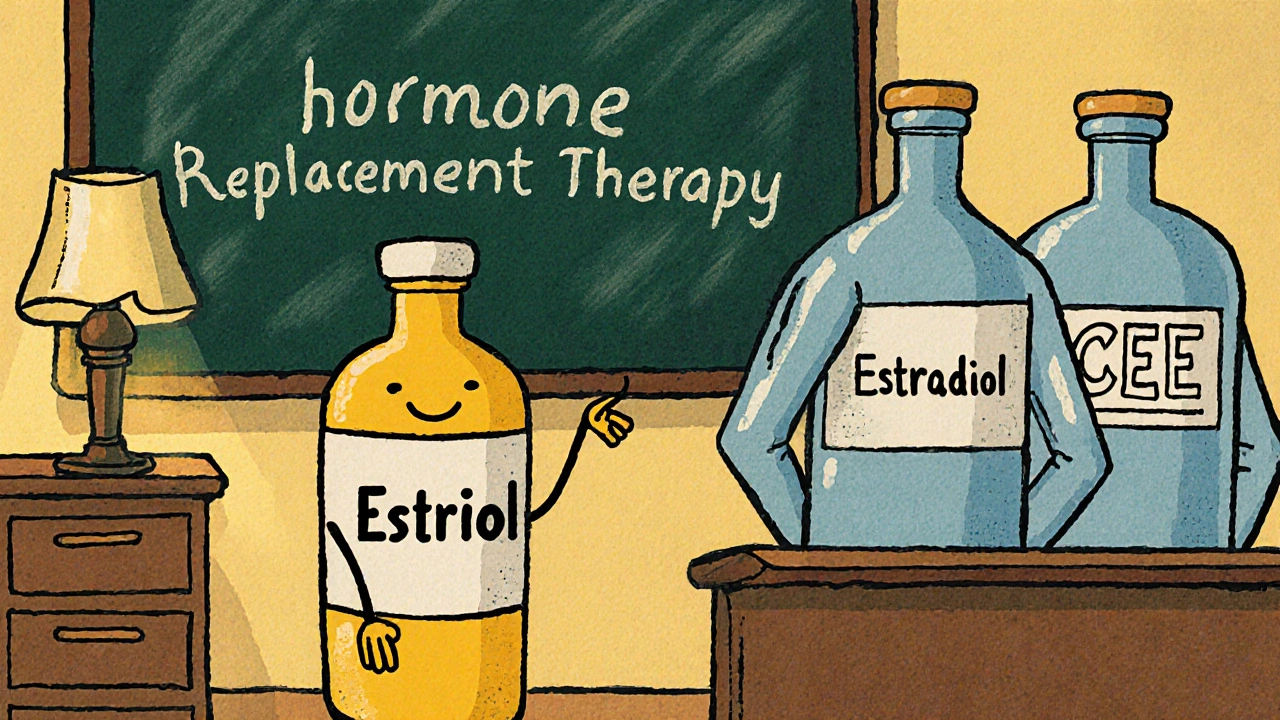Hormone Replacement Therapy (HRT) – Everything You Need to Know
When working with Hormone Replacement Therapy, a medical approach that restores hormone levels to improve health and quality of life. Also known as HRT, it is used by people whose bodies produce too little of certain hormones.
One of the most common forms is testosterone therapy, a type of HRT that raises low testosterone levels in men. Low testosterone often shows up as impotence, difficulty achieving or maintaining an erection, and many men find that restoring testosterone helps them regain stamina and confidence. At the same time, women going through menopause may benefit from estrogen therapy, an HRT option that eases hot flashes, mood swings, and bone loss. These three entities—HRT, testosterone therapy, and estrogen therapy—are tightly linked, forming a network where each influences the other.
Understanding the Core Components
Hormone Replacement Therapy covers a range of treatments designed to bring hormone levels back to a healthy range. It requires a medical professional’s oversight because dosage and delivery method (gel, patch, injection, or pill) affect safety and effectiveness. For men, testosterone therapy can improve muscle mass, mood, and sexual function, but it also carries risks like sleep apnea or prostate concerns if not monitored. For women, estrogen therapy can protect bone density and reduce cardiovascular risk, yet it may increase clotting risk in certain individuals. In both cases, the goal is to balance hormones, not to overload the system.
Because hormone levels fluctuate with age, lifestyle, and health conditions, HRT is not a one‑size‑fits‑all solution. A typical evaluation includes blood tests, symptom review, and sometimes imaging. The results guide whether a patient needs testosterone, estrogen, a combination, or perhaps a different hormone altogether, such as progesterone for women. Once a plan is set, regular follow‑ups ensure the therapy stays within target ranges and any side effects are caught early.
Another key piece of the puzzle is the connection between low hormone levels and broader health issues. Low testosterone is a known factor in reduced bone density and increased fat mass, while estrogen decline accelerates osteoporosis risk in women. By addressing these hormonal gaps, HRT can indirectly improve cardiovascular health, mood stability, and overall vitality. That’s why many clinicians view HRT as a preventative strategy as well as a symptom‑relief tool.
When you browse the articles below, you’ll see real‑world examples: a deep dive into how HRT can treat impotence, a comparison of testosterone‑based products, and guidance on safely buying generic medications online. Each piece reflects the practical side of hormone management, from choosing the right delivery method to spotting scams on the internet. Whether you’re just curious about HRT or already on a regimen, the collection offers actionable insights that can help you make smarter decisions.
Now that you’ve got a clear picture of what Hormone Replacement Therapy entails, the next step is to explore the specific topics that matter most to you. Below you’ll find articles that break down the benefits, risks, and everyday tips for using HRT safely and effectively.

A thorough comparison of Estriol with other estrogen options, covering effectiveness, safety, side‑effects, and how to choose the right therapy for menopause symptoms.
Read More